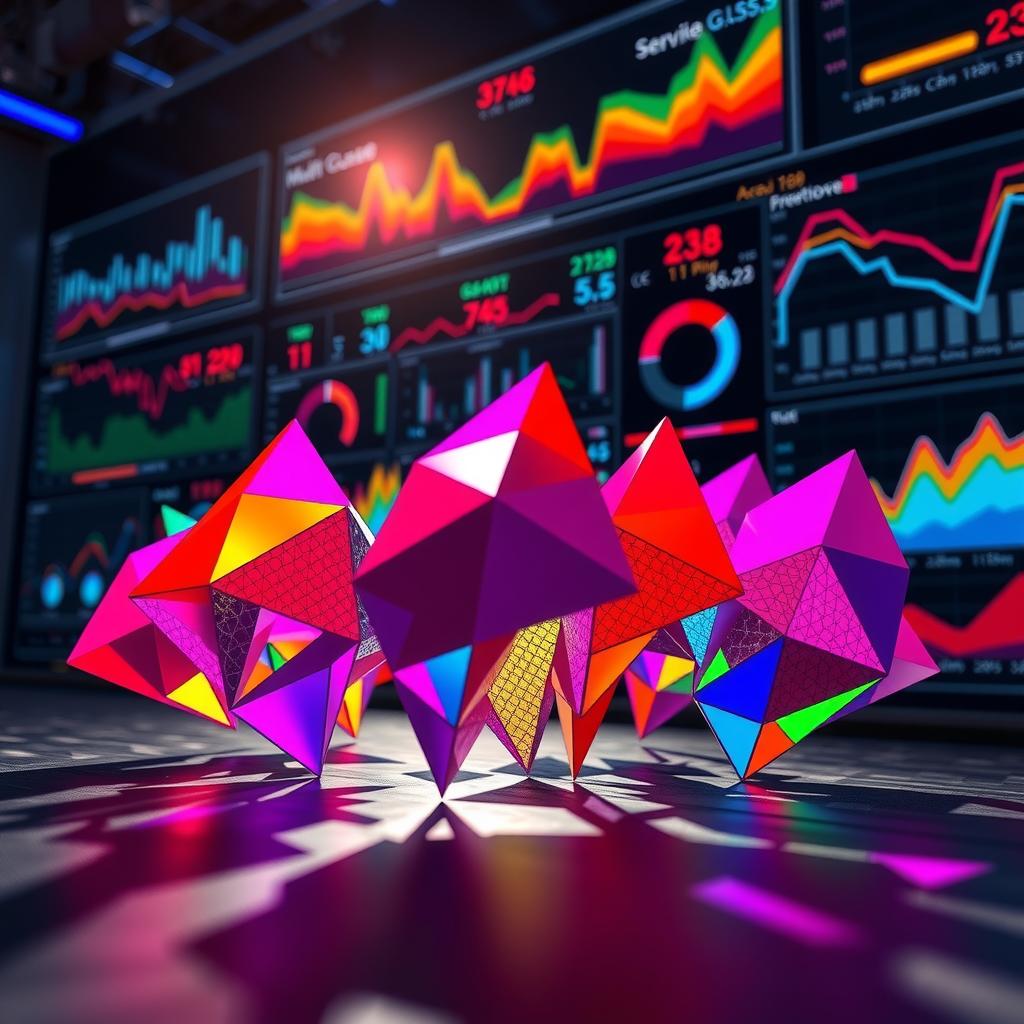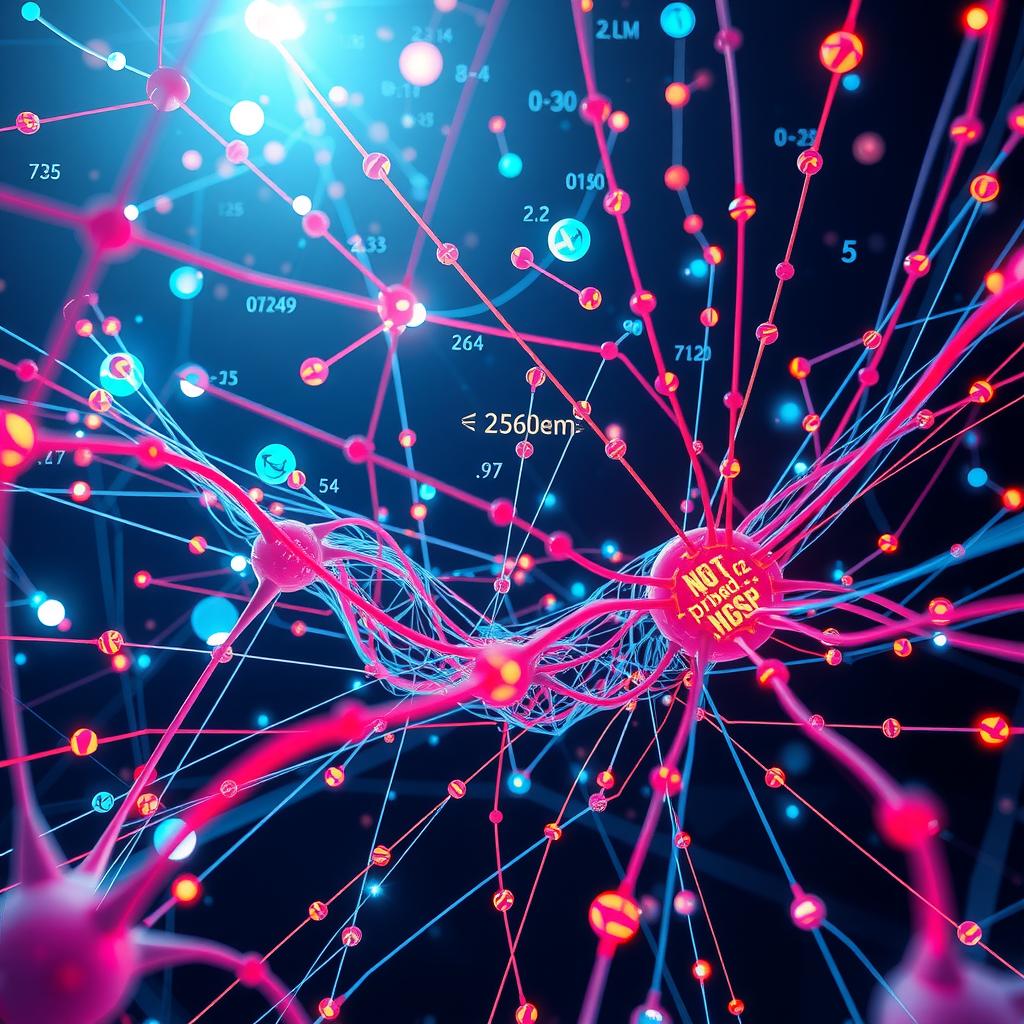In the rapidly evolving landscape of data analysis, how can organizations truly harness the power of their time series data? As industries increasingly rely on predictive modeling to drive decision-making processes, it becomes imperative to properly interpret and manipulate this type of data. The core value lies in understanding that Feature Engineering Techniques are essential for unlocking insights hidden within temporal datasets. By transforming raw time series data into informative features, businesses can enhance trend detection and improve forecasting accuracy.
Imagine a retail company attempting to predict sales for the upcoming quarter based on historical performance. Without appropriate feature engineering, critical signals such as seasonality or anomalies might be overlooked, leading to misguided strategies. This article delves into various feature engineering approaches specifically tailored for time series data—offering practical methods that not only improve model performance but also facilitate deeper insights through enhanced visualization and interpretation.
Incorporating techniques like lagged variables and rolling statistics can significantly impact an organization’s ability to make informed decisions based on patterns observed over time. Furthermore, analyzing seasonal effects or detecting outliers allows professionals across sectors—from finance to supply chain management—to adapt more swiftly in response to market changes. Through meticulous application of these techniques, teams can effectively leverage their datasets for robust analytics initiatives.
Throughout this post, readers will discover actionable strategies designed around effective Feature Engineering Techniques, ultimately fostering better outcomes in their projects involving time series analysis. As we explore these methodologies further, you’ll gain a clearer understanding of how proper manipulation of your dataset can lead not just to improved predictions but also uncover valuable business insights critical in today’s competitive environment.

Key Insights:
-
Trend Detection Techniques: Understanding and identifying trends is fundamental in time series data analysis. Using advanced Feature Engineering Techniques, analysts can extract trend-related features, such as moving averages or exponential smoothing values. These features help highlight the underlying direction of the data over time, allowing for better forecasting accuracy. By incorporating these engineered features into predictive modeling efforts, practitioners can significantly enhance their ability to predict future values based on historical patterns.
-
Seasonality Analysis Methods: One of the unique characteristics of time series data is seasonality—the regular pattern that repeats at fixed intervals. Employing effective Feature Engineering Techniques enables analysts to create seasonal indicators or cyclical variables that capture these recurring patterns. For example, one could develop dummy variables representing different seasons or months to account for variations influenced by time-dependent factors. With such tailored features integrated into analyses, organizations can achieve more precise forecasts while making informed strategic decisions.
-
Anomaly Detection Strategies: Anomalies in time series data, which may signify outliers or significant events impacting trends, require careful handling to ensure robust model performance. Utilizing cutting-edge Feature Engineering Techniques, analysts can derive statistical measures such as z-scores or interquartile ranges that flag unusual observations within datasets. By effectively identifying and engineering these anomaly-related features, practitioners improve not only their models’ predictive power but also enhance their capacity for timely response actions when unexpected changes occur in the underlying processes being analyzed.
These insights underscore the importance of mastering various feature engineering methodologies tailored specifically for handling time series data. By leveraging sophisticated tools and techniques related to trend detection, seasonality analysis, and anomaly detection through well-crafted feature sets, organizations position themselves advantageously within a competitive landscape reliant on accurate forecasting and strategic planning.

Understanding Time Series Data: Characteristics and Challenges
Time series data possess distinctive characteristics that significantly influence the analysis and interpretation processes. One of the primary features is trends, which indicate long-term movements in data over time. Recognizing these trends is essential for effective predictive modeling, as they provide insights into potential future outcomes. Additionally, seasonality plays a critical role in time series analysis, reflecting regular fluctuations that occur at consistent intervals—be it daily, monthly, or yearly. This periodic behavior necessitates thorough seasonality analysis to enhance forecasting accuracy.
An equally important aspect to consider is anomalies within time series data; these unexpected deviations can distort analytical findings if not properly addressed. Utilizing advanced techniques such as Feature Engineering Techniques allows analysts to identify and rectify anomalies efficiently while preserving the integrity of their models. By incorporating methods for detecting outliers or sudden shifts in patterns, one can improve overall data analysis robustness.
Moreover, when dealing with this type of data, it’s vital to employ proper forecasting techniques tailored specifically for time-dependent datasets. For instance, tools that facilitate trend detection enable practitioners to isolate underlying patterns amidst noise effectively. The interplay between various components—trends, seasonality, and anomalies—demands a multifaceted approach toward obtaining actionable insights from large datasets.
To summarize these aspects succinctly: understanding how trends evolve over time assists organizations in strategic planning; seasonal effects guide product availability according to consumer demand cycles; while anomaly detection ensures reliable performance metrics are maintained across different periods. In conclusion, comprehending the unique features inherent in time series data empowers professionals with the knowledge necessary for enhanced decision-making processes through effective application of Feature Engineering Techniques and robust analytical frameworks.
Understanding Feature Engineering Techniques
The Importance of Transforming Raw Data into Actionable Insights
Feature engineering plays a pivotal role in enhancing predictive modeling accuracy by transforming raw data into meaningful features. One of the most effective methods within Feature Engineering Techniques involves the creation of lagged variables, which allow analysts to incorporate historical data points as predictors in their models. This approach is particularly beneficial when dealing with time series data where past values can significantly influence future outcomes. For instance, in sales forecasting, incorporating lagged sales figures enables analysts to capture trends and seasonality effectively, leading to improved model performance.
Another crucial aspect is the use of rolling statistics that summarize trends over a specific window of time. By calculating metrics such as moving averages or rolling sums, practitioners can smooth out volatility and highlight underlying patterns in the data. These techniques are essential for trend detection and seasonal analysis, especially when analyzing datasets prone to noise or fluctuations. As noted by industry experts, utilizing these statistical summaries not only enhances clarity but also enriches the dataset with new insights that may otherwise be overlooked.
Enhancing Predictive Modeling through Feature Creation
The application of Feature Engineering Techniques extends beyond just adding historical context; it encompasses a range of methods aimed at preparing datasets for rigorous analysis. Seasonal decomposition techniques can assist analysts in breaking down complex time series data into its constituent components: trend, seasonality, and residuals. This granular view allows for more targeted anomaly detection during forecasting processes because unusual variations from expected patterns become easier to identify.
Furthermore, enriching features based on domain knowledge can lead to significant improvements in predictive modeling efforts. For example, incorporating external factors—such as economic indicators or weather conditions—can provide additional layers of context that drive better predictions across various applications like retail demand forecasting or stock market prediction models.
Practical Applications and Real-World Implications
In practical scenarios where predictive accuracy is paramount—such as financial risk assessment or supply chain management—the integration of advanced Feature Engineering Techniques has proven invaluable. Analysts often leverage these methods not only for immediate gains but also for strategic insights that inform long-term decision-making processes within organizations.
Moreover, understanding how different feature transformations affect model performance empowers teams to iterate quickly through potential solutions without relying solely on trial-and-error approaches typical in traditional methodologies. A systematic exploration using well-defined metrics ensures robust evaluation criteria are upheld throughout each stage of development—from initial concept validation all the way through deployment phases.
Conclusion: Future Directions in Feature Engineering
As machine learning continues evolving alongside burgeoning fields such as deep learning and artificial intelligence (AI), future directions indicate an increasing reliance on sophisticated Feature Engineering Techniques. Emerging technologies will likely introduce automated systems capable of identifying optimal features dynamically based upon real-time analytics—a prospect promising even greater efficiency than current manual practices allow today.
Consequently, embracing these advancements while maintaining foundational principles inherent within effective feature engineering will prove essential going forward; ensuring businesses remain agile amid changing landscapes while maximizing their analytical capabilities remains key toward achieving sustained competitive advantages across industries worldwide.
Harnessing the Power of Feature Engineering in Retail Forecasting
Transforming Sales Predictions with Optimized Features
In the retail industry, effective feature engineering techniques can significantly enhance predictive modeling and lead to more accurate sales forecasts. A prominent case study is that of a major clothing retailer that faced challenges in accurately predicting seasonal demand for their products. By implementing robust seasonality analysis, they identified patterns related to holidays and local events, which were integrated into their models as engineered features. This proactive approach allowed them to forecast inventory needs more precisely, ultimately reducing overstock costs by 20% while ensuring popular items remained in stock during peak shopping periods. The combination of historical sales data with newly derived metrics such as foot traffic trends and promotional cycles exemplifies how optimized feature sets can lead to superior forecasting capabilities. As noted by industry experts, “The right features not only improve model accuracy but also provide a competitive edge through informed decision-making.”
Enhancing Financial Market Predictions Through Data Analysis
Another compelling example can be found within the financial services sector, where firms are leveraging advanced data analysis techniques for better investment predictions. A leading investment firm adopted a new approach by incorporating various engineered features from time series data—such as moving averages and volatility indices—into their predictive models for stock price movements. By focusing on trend detection through these enhanced datasets, analysts were able to identify actionable insights earlier than traditional methods would allow. Consequently, this resulted in an impressive 15% increase in portfolio performance over six months compared to previous strategies reliant solely on raw market data inputs alone.
Streamlining Supply Chain Management Using Anomaly Detection
In supply chain management, another industry reaping the benefits of strategic feature engineering is logistics providers who aim to optimize delivery times and reduce operational costs. One logistics company utilized anomaly detection algorithms enriched with crafted features like weather conditions and traffic patterns derived from real-time location data; this innovative use of information allowed them to preemptively address delays before they impacted customers adversely. Such foresight enabled a reduction in average delivery times by approximately 30%, demonstrating that meticulous attention paid toward creating relevant input variables delivers tangible results.
Revolutionizing Energy Demand Forecasting via Predictive Modeling Techniques
Finally, energy companies have started employing sophisticated forecasting techniques utilizing well-crafted feature sets based on external factors such as temperature fluctuations and historical consumption trends tied directly back into their predictive modeling frameworks. For instance, one utility provider improved its demand forecasting accuracy substantially after integrating community-level demographic changes along with weather-related variables into its analytics process—a move credited with enhancing resource allocation efficiency across service regions vastly improving customer satisfaction levels overall.
Through these diverse case studies spanning multiple industries—from retail and finance through logistics onto energy—the impact of tailored feature engineering cannot be overstated; it stands at the forefront driving innovation while enabling organizations not just merely keep pace but thrive competitively amid ever-evolving landscapes.
Time series data poses unique challenges for analysts and data scientists, particularly in areas such as trend detection, seasonality analysis, and anomaly detection. To effectively interpret this type of data, leveraging powerful Feature Engineering Techniques is essential. These techniques enable practitioners to extract valuable features from raw datasets, ultimately enhancing the capacity for predictive modeling. By identifying patterns that may not be immediately apparent—such as seasonal fluctuations or cyclical trends—analysts can significantly improve the accuracy of their forecasts.
One of the key aspects of effective feature engineering involves creating custom features tailored to specific analytical needs. This could include calculating lagged variables or applying rolling statistics, both of which are crucial when dealing with time series data. For example, by strategically implementing these techniques, organizations can better understand historical trends and make more informed predictions about future events. The ability to uncover hidden relationships within time series datasets allows for a deeper understanding that directly impacts strategic planning and operational efficiency.
Moreover, incorporating sophisticated Feature Engineering Techniques into the analysis process enables users to detect anomalies that might otherwise go unnoticed. Anomaly detection is critical in various sectors where unexpected deviations from established patterns can indicate significant issues or opportunities for intervention. By employing advanced methods like moving averages or exponential smoothing as part of their feature engineering strategy, analysts can refine their models further and ensure they are equipped to handle unforeseen events effectively.
FAQ:
Q: What are Feature Engineering Techniques in time series analysis?
A: Feature Engineering Techniques refer to methods used to transform raw time series data into meaningful features that enhance predictive modeling capabilities by highlighting important patterns such as trends and seasonality.
Q: How does trend detection work in time series data?
A: Trend detection identifies long-term movements within a dataset over time using statistical analyses; effective feature engineering enhances this capability by allowing practitioners to create indicators that reveal underlying trends more clearly.
Q: Why is seasonality analysis important in forecasting?
A: Seasonality analysis helps identify periodic fluctuations within time series data; utilizing appropriate Feature Engineering Techniques allows analysts to capture these cycles accurately, leading to improved forecasting outcomes.



























